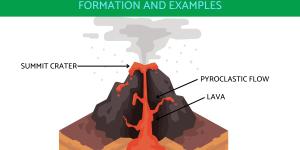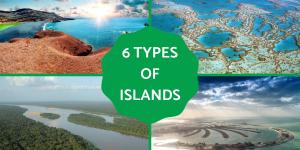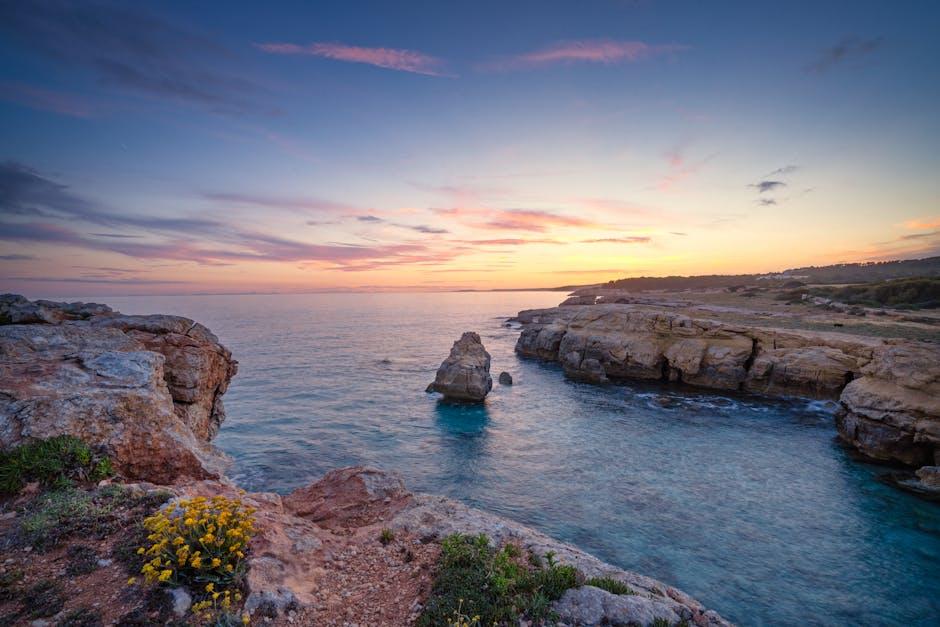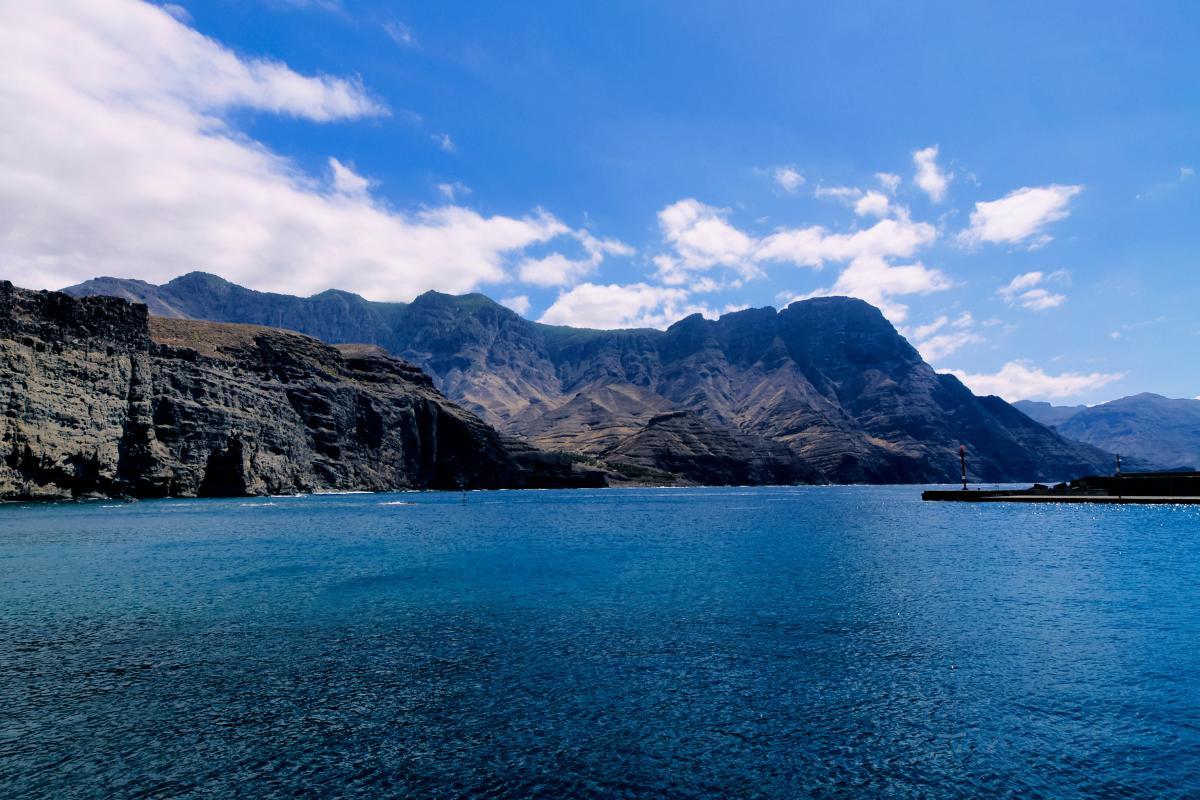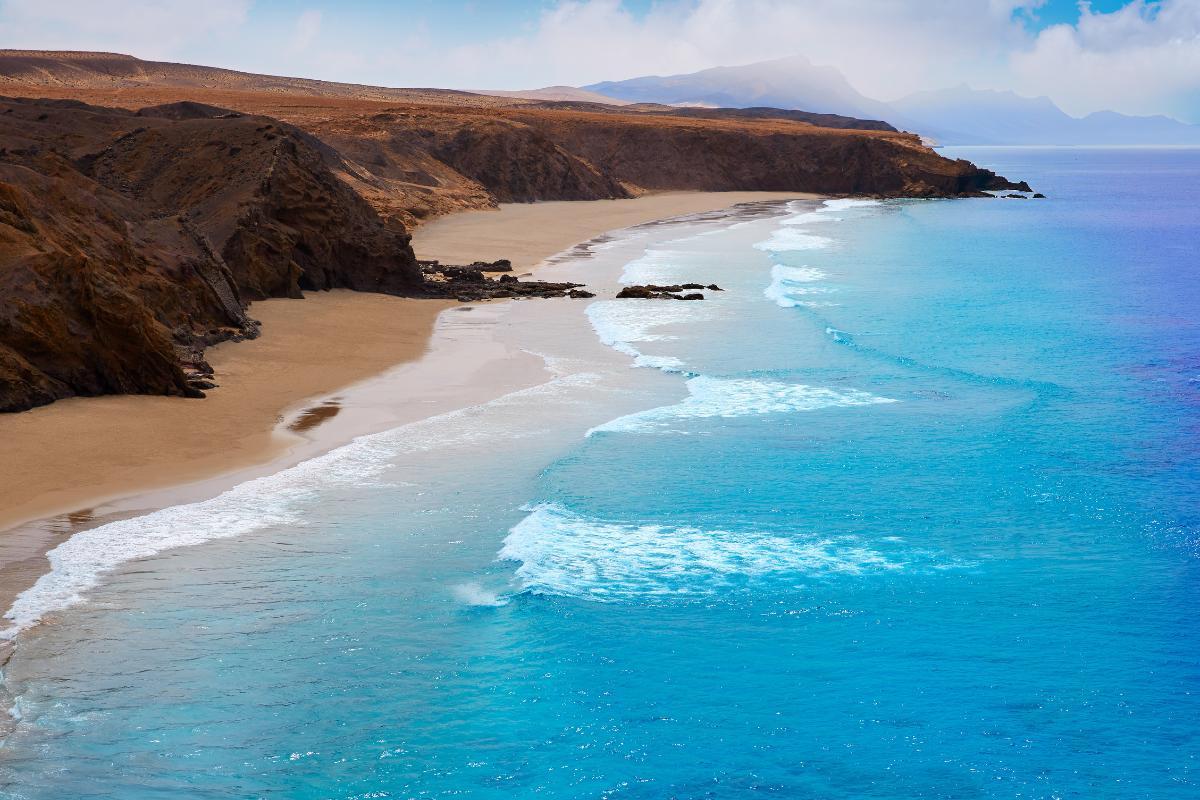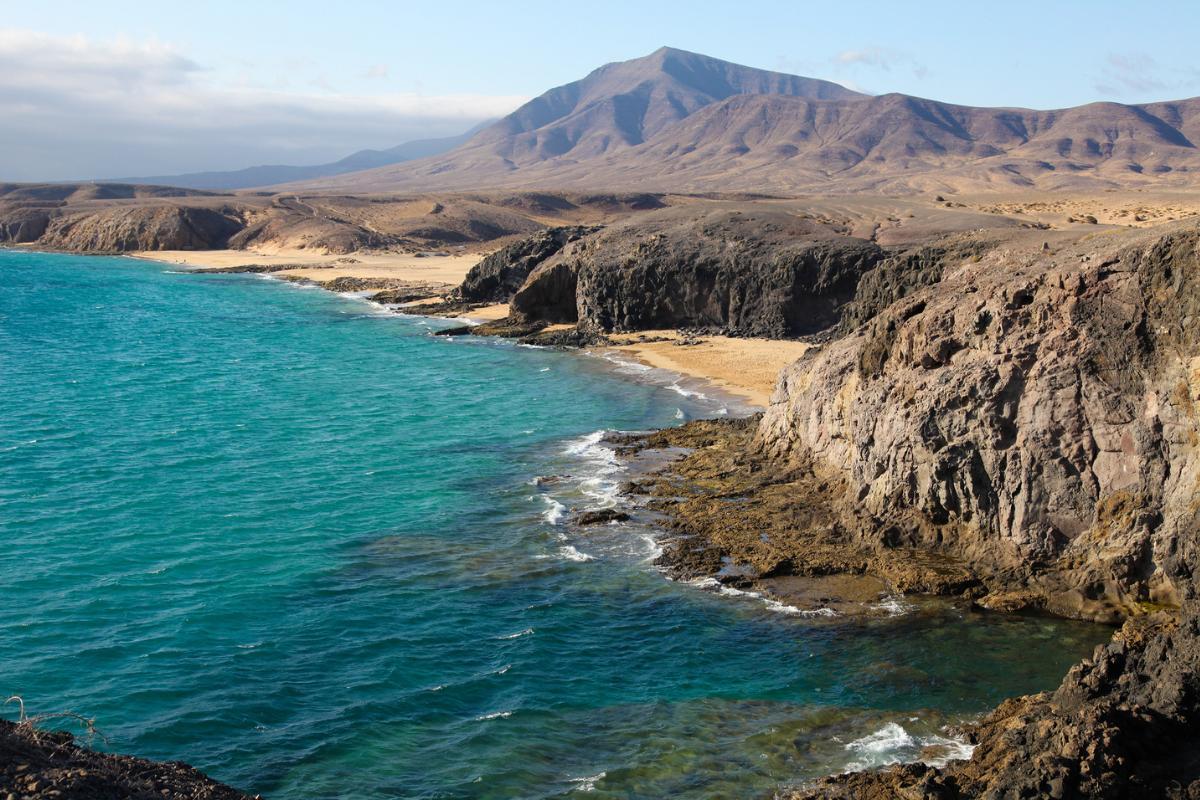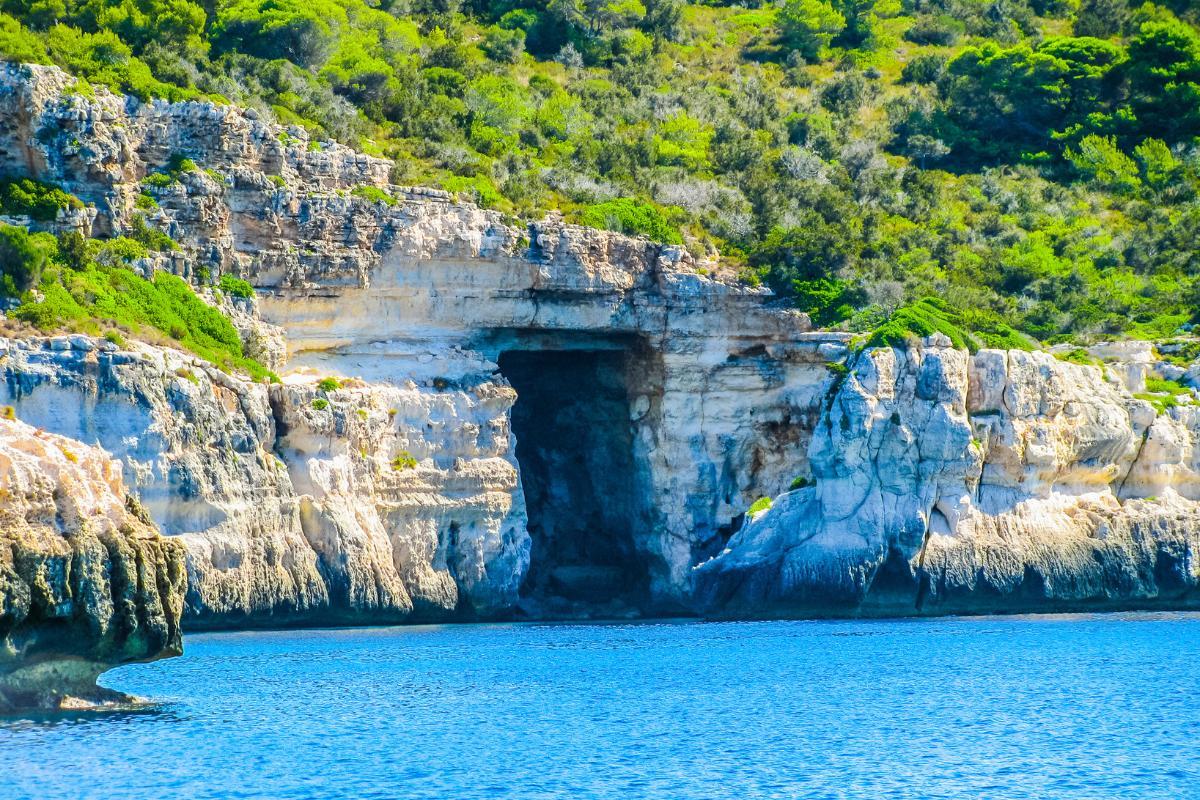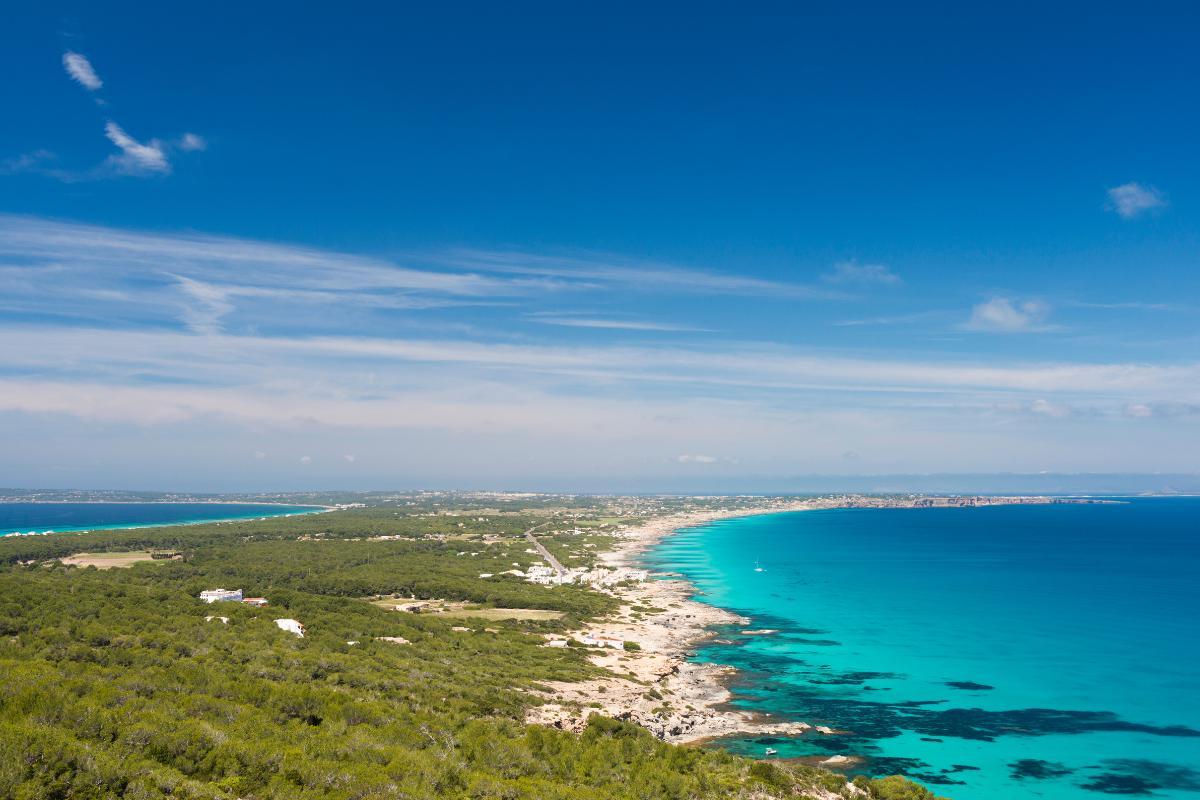How Many Islands Does Spain Have?


Spain's identity isn't solely defined by its mainland. The Spanish coastline stretches for thousands of kilometers, incorporating a range of islands that vary in size and character. Dotted across the Mediterranean and Atlantic waters lie a remarkable 179 islands and islets. These islands offer more than just stunning scenery. They are havens for diverse plant and animal life and hold a rich cultural heritage.
This article by thedailyECO explores the most popular Islands in Spain, as well as the ecological significance and key characteristics of these celebrated destinations.
- How many islands are there in Spain
- Tenerife
- Gran Canaria
- Fuerteventura
- Lanzarote
- La Gomera
- Ibiza
- Mallorca
- Minorca
- Formentera
- Cies Island
- Other islands of Spain
How many islands are there in Spain
Beyond the familiar vacation paradises, Spain boasts a surprising number of islands. While the Balearic and Canary Islands are the most well-known archipelagos, Spain's island territory stretches further, encompassing a total of 179 if you count all the smaller islands and islets.
Spain's islands are a result of its location and fiery past. Jutting into the ocean creates a broken coastline, perfect for islands. Volcanic eruptions, like in the Canary Islands, pushed land up from the seafloor. Tectonic plate movement even helped by raising parts of the seabed. Even constant erosion played a role, sometimes breaking off pieces of land that became islands. So, Spain's islands are a mix of volcanic creations, leftover landmasses, and the relentless work of nature.
Below, we present 10 examples of the most popular islands in Spain.
Tenerife
Tenerife is the largest and most populated island in Spain's Canary Islands archipelago. At 2,034 square kilometers (785 square miles), it boasts a population exceeding 948,000 and welcomes over five million tourists annually, making it the Canaries' most popular island and a top global destination.
This volcanic paradise is crowned by Teide, Spain's highest peak, reaching a staggering 3,715 meters (12,188 feet). Tenerife's diverse landscapes, shaped by its varied climatic zones, offer something for everyone. Arid coastal regions experience minimal rainfall, while lush green areas flourish with abundant precipitation. Temperatures fluctuate significantly depending on location, creating microclimates across the island.
From dry coastal scrublands to verdant pockets of laurel forests, Tenerife's dramatic landscapes are a haven for unique ecosystems. The Tenerife giant lizard (Gallotia intermedia) is just one of the many endemic species that thrive here.

Gran Canaria
Gran Canaria, also known as Grand Canary Island, is the third-largest and second-most populous island of the Canary Islands archipelago (3,900 miles wide Atlantic Ocean). This 30-mile diameter island features a central mountain range with Morro de la Agujereada reaching 6,417 feet (1,956 meters).
Located off the northwest coast of Africa and politically part of Spain, Gran Canaria boasts a population exceeding 862,000, accounting for roughly 40% of the archipelago's inhabitants. Las Palmas de Gran Canaria, the island's capital, is not only the largest city in the Canaries but also the ninth most populous in Spain.
Trade winds deliver moisture-laden air, creating lush vegetation on the windward slopes. The mountains act as a barrier, causing a rain shadow effect on the leeward side, resulting in a drier climate. Elevation adds another layer, with cooler temperatures at higher altitudes supporting temperate plants. This interplay of wind, elevation, and moisture fosters a remarkable diversity of ecosystems, with over 100 unique plant species thriving in Gran Canaria's microclimates.

Fuerteventura
Fuerteventura, alongside Lanzarote, vies for the title of the Canary Islands' oldest island. Despite its arid landscapes, Fuerteventura surprisingly boasts the second-highest population density in the archipelago, trailing only Tenerife. Recognized by UNESCO as a Biosphere Reserve, Fuerteventura demonstrates a strong commitment to conservation, with 13 protected areas safeguarding its diverse ecosystems.
This hot, dry climate shapes Fuerteventura's unique plant and animal life, perfectly adapted to semi-desert conditions. Renowned for its vast beaches, Fuerteventura remains a magnet for travelers seeking sun-drenched shores and captivating natural beauty.
Have you ever seen the stunning Canary Island ivy, Canarina canariensis, a true icon of the Canary Islands? This endemic plant is just one of the many treasures found in this island paradise. Discover more about it in this other article.

Lanzarote
Lanzarote, another Canary Island gem, lies roughly 80 miles (130 kilometers) from Africa and is the archipelago's third most populous island. This volcanic island is famous for Timanfaya National Park, a cornerstone of its tourism industry. Recognized for its unique ecosystem, the park was designated a UNESCO Biosphere Reserve in 1993.
Beyond Timanfaya, Lanzarote's volcanic landscape offers a surprising ecological contrast. The island is home to a network of Jameos Playa, volcanic tubes formed by collapsed lava flows. These otherworldly tunnels provide habitat for unique troglofauna (cave-dwelling fauna) like the blind white Canarian crab (Munidopsis Gilta).
Furthermore, Lanzarote boasts a surprising number of endemic plant species, thriving in the harsh volcanic environment. One such example is the Rubia (Rubia fruticosa acetosa), a small succulent that has adapted to the island's arid conditions.

La Gomera
La Gomera is a volcanic island designated a UNESCO Biosphere Reserve in the Atlantic Ocean off the coast of Africa. This Spanish island, with a land area of 370 square kilometers (143 square miles), is the third-smallest of the eight main Canary Islands. Home to roughly 22,361 inhabitants as of 2023, it's also the third least populous among them.
The crown jewel is Garajonay National Park, a World Heritage Site, which preserves remnants of laurel forests. These ancient, dense forests thrive in the island's moist conditions, creating a cool, green canopy. Beyond the park, La Gomera's varied terrain encompasses dramatic volcanic landscapes, lush valleys, and arid areas, each harboring unique plant and animal life.
La Gomera boasts a unique whistling language called Silbo Gomero. This ancient language, whistled by locals, mimics the spoken word and allows communication across long distances in the island's rugged terrain. It's not only a fascinating cultural tradition but also an ingenious adaptation to the island's ecology.

Ibiza
Ibiza is an island in Spain's Balearic archipelago (with Mallorca, Menorca, and Formentera). It sits 150 kilometers (93 miles) off eastern Spain's coast near Valencia. It is the third-largest Balearic island by area, it boasts the second-largest population.
Famous for its stunning beaches and hidden coves, Ibiza attracts visitors seeking relaxation in idyllic settings. But Ibiza offers more than just sunshine. It's a vibrant center of nightlife, known as one of Spain's top party destinations.
Ecologically, Ibiza is significant for sheltering Posidonia oceanica meadows, underwater seagrass prairies crucial for the Mediterranean ecosystem. These underwater forests provide habitat for marine life, prevent coastal erosion, and maintain water clarity. Ibiza's commitment to protecting these meadows contributes to the health of the Mediterranean Sea.

Mallorca
Mallorca (from Latin "major island") is the largest and most populated island in Spain's Balearic archipelago. Renowned for its vibrant culture and diverse landscapes, it offers a wealth of attractions, including stunning natural wonders.
The island's mountainous spine, the Tramuntana mountain range, is a designated Area of Natural Interest (ANIB). This protected area shelters a rich tapestry of ecosystems, including holm oak forests (Quercus ilex), juniper woodlands (Juniperus spp.), and wetlands. Mallorca is also an important birdwatching area, with Bonelli's eagles (Aquila fasciata), peregrine falcons (Falco peregrinus), and endemic Balearic shearwaters (Puffinus mauretanicus) soaring through its skies.
Mallorca's natural beauty is a significant draw for tourism, but sustainable practices are increasingly important. Efforts are underway to balance economic development with environmental protection, ensuring Mallorca's natural wonders can be enjoyed for generations to come.

Minorca
Menorca (Latin for "minor island"), neighbor to Mallorca in Spain's Balearics, offers more than just beauty and history. This island boasts diverse ecosystems. Menorca's Mediterranean climate features concentrated autumn rainfall and scattered droughts. This shapes its landscapes:
- North: Tramuntana mountains harbor holm oak forests and maquis shrublands, vital wildlife habitat.
- South: Migjorn features ravines and coves. The southern tip, a Biosphere Reserve, protects Posidonia oceanica meadows – underwater seagrass prairies crucial for marine life and preventing erosion.
Menorca is a birdwatcher's paradise with ospreys and Scopoli's shearwaters soaring above. The Cova d'es Coloms, one of Europe's largest sea caves, showcases the island's geological history. The cave's history stretches back millions of years. During periods of lower sea levels, the cave served as a habitat for prehistoric humans. Archaeological evidence suggests these early inhabitants used the cave for shelter and even created rudimentary art on its walls. When sea levels rose again, the cave became submerged, transforming into the spectacular underwater cavern we see today.

Formentera
Formentera, the Balearic archipelago's southernmost inhabited island, might be small, but its ecological importance is vast. This island goes beyond stunning beaches and crystal-clear waters, acting as a sanctuary for the delicate Mediterranean Sea ecosystem.
Formentera's underwater world boasts extensive Posidonia oceanica meadows, vital for the island's marine health. These underwater forests serve as nurseries for fish, providing shelter and food for younger populations.
Nicknamed "Neptune's lungs," the dense seagrass acts as a natural water filter, trapping sediment and pollutants, ensuring crystal-clear waters. Furthermore, the Posidonia's root network anchors the seabed, forming a powerful coastal defense system that prevents erosion and safeguards Formentera's precious shorelines. These multifaceted benefits highlight the critical role Posidonia meadows play in sustaining the island's delicate marine ecosystem.

Cies Island
The Cíes Islands, an archipelago of three (Monteagudo, do Faro, San Martín) at the mouth of Galicia's Ría de Vigo, form part of the Atlantic Islands of Galicia National Park. These islands are UNESCO World Heritage Site candidates, recognized for their ecological importance.
The Cíes Islands boast with biodiversity. Notably, they house the world's largest colony of yellow-legged gulls (Larus michahellis). Rocky cliffs provide vital nesting grounds for various seabird species. The surrounding waters are a haven for marine mammals like bottlenose dolphins (Tursiops truncatus) and harbor porpoises (Phocoena phocoena).
Unique terrestrial ecosystems thrive on the Cíes Islands. Fragile Atlantic heathlands blanket the islands, offering habitat for endangered species like the short-tailed meadow viper (Vipera seoanei). Strict visitor management and conservation efforts ensure the delicate balance of this island paradise is preserved.

Other islands of Spain
Here's a list of 10 other islands in Spanish territory:
- El Hierro
- Isla de Tabarca
- Isla del Lobo
- Isla de Espalmador
- La Graciosa
- Isla de Arosa
- Isla del Fraile
- Isla del Ciervo
- Isla de Cabrera
- Isla de Santa Clara
Islands come in all shapes and sizes, and are formed in fascinating ways. Volcanic eruptions, shifting tectonic plates, and even erosion can all play a role. Want to dive deeper into the different types of islands? Keep reading this other article.
If you want to read similar articles to How Many Islands Does Spain Have?, we recommend you visit our Facts about nature category.
- García Rodríguez, JL (2021). A geographical vision of Tenerife: field notebook. XXVII Congress of the Spanish Association of Geography.
- Red Lists of the International Union for Conservation of Nature. Available at: https://www.iucnredlist.org/


